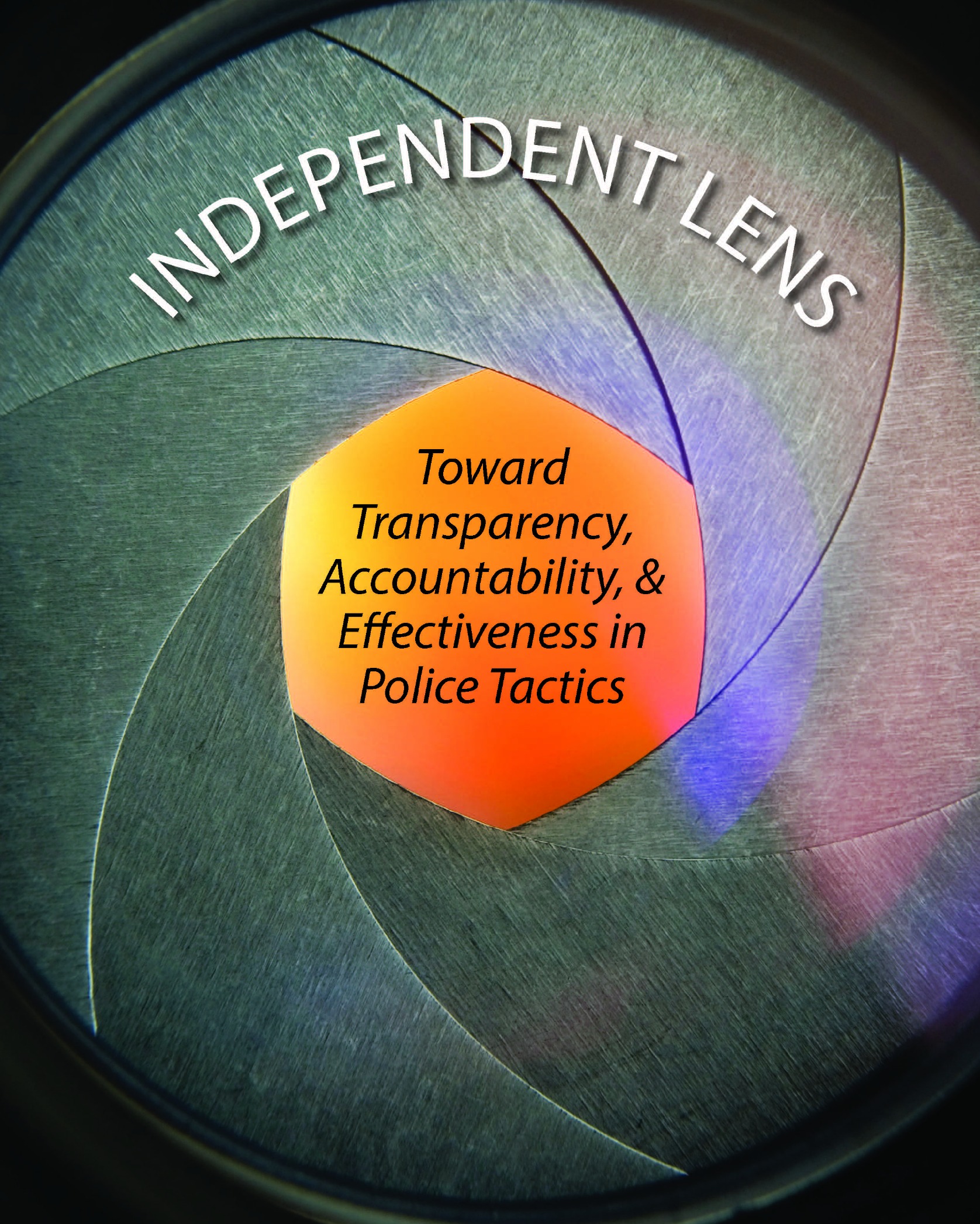 Since the 1980s, many police departments have operated according to the notion of community policing — a philosophy that emphasizes close relationships characterized by mutual trust between police and communities as the foundation for proportionate, efficient, and effective police work. This emphasis on mutual trust notwithstanding, high-profile incidents of misconduct, high levels of complaints against police, and costly settlements and litigation have highlighted the divisions that exist between police and citizens and have spurred a national conversation on policing and police-community relations. This Report focuses on the viability and implementation of measures aimed at mending the evidently fractured relationships between police officers and communities across the nation. The Report argues that body-worn cameras, when appropriately integrated into existing police practices and supported by a detailed regulatory architecture, can be a key tool for reinvigorating community policing and reducing costs stemming from complaints, litigation, and settlements, as well as an important first step in mending relationships between law enforcement and communities nationwide.
Since the 1980s, many police departments have operated according to the notion of community policing — a philosophy that emphasizes close relationships characterized by mutual trust between police and communities as the foundation for proportionate, efficient, and effective police work. This emphasis on mutual trust notwithstanding, high-profile incidents of misconduct, high levels of complaints against police, and costly settlements and litigation have highlighted the divisions that exist between police and citizens and have spurred a national conversation on policing and police-community relations. This Report focuses on the viability and implementation of measures aimed at mending the evidently fractured relationships between police officers and communities across the nation. The Report argues that body-worn cameras, when appropriately integrated into existing police practices and supported by a detailed regulatory architecture, can be a key tool for reinvigorating community policing and reducing costs stemming from complaints, litigation, and settlements, as well as an important first step in mending relationships between law enforcement and communities nationwide.